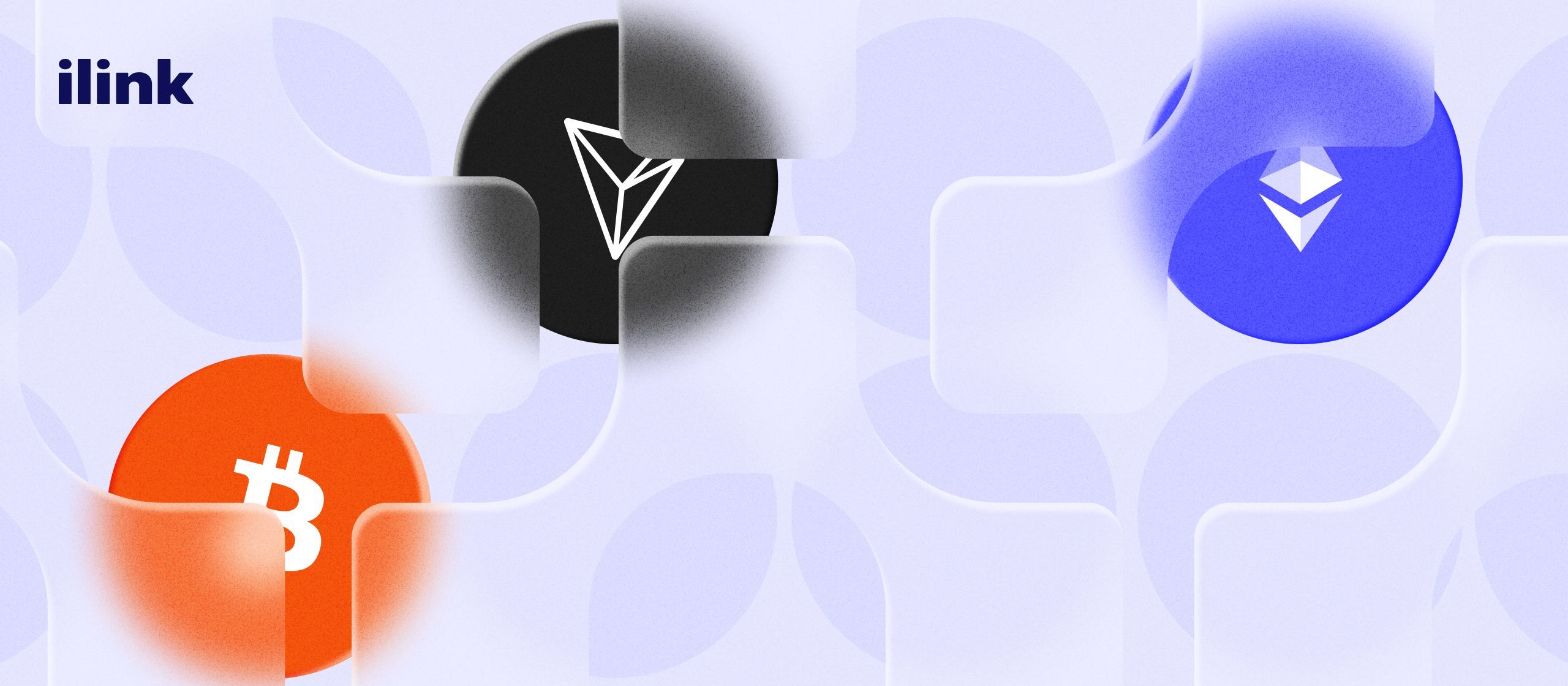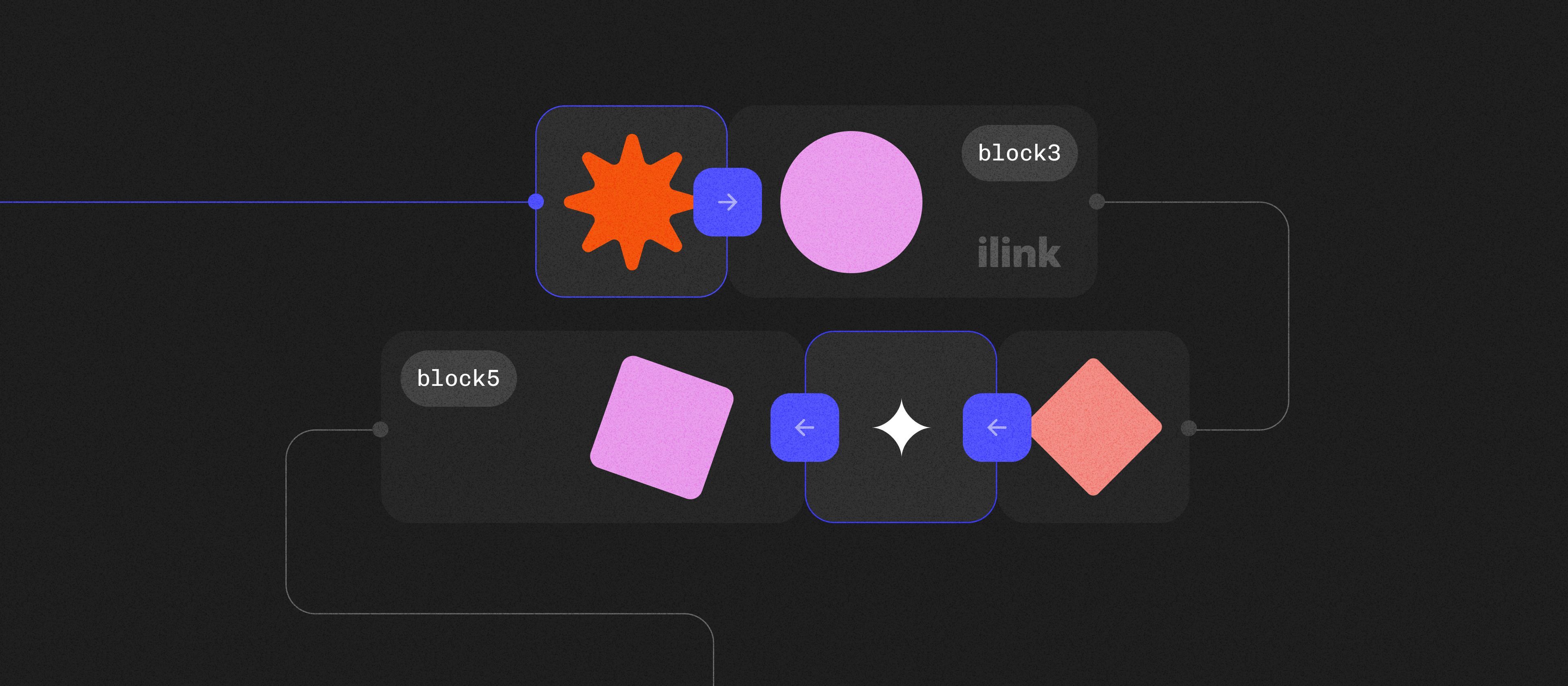How Blockchain Is Transforming the Lending Industry: From Banks to DeFi Protocols
Introduction
The lending industry has long been dominated by traditional banks and financial institutions that control the flow of capital and determine who has access to loans. While this system has worked for decades, it is increasingly becoming inefficient, slow, and exclusive. High interest rates, long approval processes, and the reliance on intermediaries are just some of the limitations that borrowers and lenders face. However, blockchain technology and decentralized finance (DeFi) protocols are set to revolutionize the lending industry by offering faster, more transparent, and more accessible alternatives. In this article, we will explore how blockchain is transforming the lending landscape, from traditional bank loans to decentralized peer-to-peer lending systems.
Traditional Lending Systems: How Banks Have Dominated the Industry
For decades, banks have acted as the gatekeepers of the lending process, determining who qualifies for loans based on rigid criteria, such as credit scores, collateral, and income. These traditional lending models rely on centralized authorities to process applications, assess risk, and approve loans. While this system works for many, it presents several key limitations:
- Centralized control. Banks control the entire lending process, creating barriers for individuals without access to traditional financial services or those with poor credit histories.
- High costs and fees. Traditional financial institutions charge significant fees and interest rates for loans, increasing the cost for borrowers and diminishing their financial freedom.
- Lack of financial inclusion. Millions of people around the world are excluded from traditional banking systems, either due to lack of access or an inability to meet the criteria required for loans.
- Slow, bureaucratic processes. Loan approval can be slow and cumbersome, requiring extensive paperwork and time to process, which adds unnecessary delays for both lenders and borrowers.
As a result, a growing demand exists for alternative lending solutions that provide faster access, lower costs, and greater inclusivity.
Introduction to Blockchain and DeFi in Lending
Blockchain technology and decentralized finance (DeFi) protocols are reshaping the way lending works.
- What is Blockchain? Blockchain is a decentralized, distributed ledger technology that records transactions in an immutable, transparent, and secure manner. In the context of lending, blockchain enables peer-to-peer transactions without the need for intermediaries, ensuring a more direct, transparent, and efficient lending process.
- What is DeFi? DeFi refers to financial services built on blockchain technology, offering alternatives to traditional banking products such as loans, savings, and insurance. DeFi platforms are decentralized, meaning there is no central authority controlling transactions, and they often operate on open-source blockchain networks like Ethereum.
- Blockchain and DeFi in lending. DeFi lending protocols allow borrowers and lenders to interact directly, bypassing traditional banks and intermediaries. This offers several benefits, including lower costs, greater accessibility, faster approval times, and increased financial inclusivity.
How Blockchain is Revolutionizing the Lending Industry
Blockchain and DeFi protocols provide an innovative solution to many of the limitations inherent in traditional lending. Here’s how they are transforming the industry:
- Decentralization and peer-to-peer lending. Blockchain enables decentralized lending, where borrowers and lenders can connect directly without needing banks or financial intermediaries. This peer-to-peer system reduces fees and increases efficiency, enabling a more accessible and cost-effective way to borrow money.
- Smart contracts. Smart contracts are self-executing agreements coded on the blockchain. In lending, they automate the process by ensuring that terms are adhered to, payments are made automatically, and the collateral is secured. This reduces the need for manual intervention, minimizes human error, and speeds up transactions.
- Improved transparency and security. Blockchain’s immutable ledger allows all transactions to be recorded transparently, ensuring that all parties have access to a complete, accurate history of loan terms and payments. This increases trust among borrowers and lenders, as everyone can verify the authenticity of transactions in real time.
- Lower costs and faster transactions. With the elimination of intermediaries and the automation provided by smart contracts, blockchain reduces transaction fees and approval times. Borrowers can access funds much more quickly, and lenders can lend at more competitive interest rates, benefiting everyone in the lending ecosystem.
Key Blockchain-Based Lending Models
Blockchain and DeFi protocols are driving new lending models that differ significantly from traditional banking:
- Decentralized lending protocols. DeFi platforms like Aave, Compound, and MakerDAO allow users to lend and borrow cryptocurrencies in a decentralized way. These platforms enable users to lock up their digital assets as collateral and take out loans without relying on banks or credit scoring agencies.
- Collateralized lending. Blockchain-based lending is typically collateralized, meaning that borrowers must offer assets (such as cryptocurrency) as collateral. This ensures that lenders are protected against default. If a borrower fails to repay the loan, the collateral is liquidated to cover the loan balance.
- Algorithmic credit scoring. Traditional lending relies on credit scores to determine loan eligibility, but blockchain-based lending uses alternative methods to assess risk. DeFi platforms can leverage on-chain data, such as transaction history and digital asset holdings, to determine a borrower’s creditworthiness, making lending more inclusive for those without a formal credit history.
- Yield farming and liquidity pools. DeFi lending protocols incentivize users to provide liquidity to platforms by offering yields in return. These liquidity pools allow users to earn interest on their digital assets while providing funds that can be lent out to borrowers.
Advantages of Blockchain in Lending Over Traditional Systems
Blockchain offers several advantages over traditional lending systems:
- Financial inclusion. DeFi platforms allow anyone with an internet connection to access lending services, regardless of their credit history or geographical location. This opens up financial opportunities for underserved and unbanked populations around the world.
- Access to global markets. Blockchain enables cross-border lending without the need for currency conversions or international banking systems. This makes it easier for individuals to access global financial markets and for lenders to diversify their portfolios.
- Lower interest rates. With the removal of intermediaries and the ability to streamline the lending process, blockchain-based lending platforms can offer more competitive interest rates compared to traditional financial institutions.
- Faster and automated loan approval. Blockchain-based loans can be processed more quickly because of the use of smart contracts. This eliminates the delays often associated with traditional banking, where manual verification and paperwork are required.
- Transparency and trust. Blockchain’s immutable ledger ensures that all transactions are transparent and secure, reducing the risks of fraud or disputes between lenders and borrowers.
Challenges and Risks in Blockchain-Based Lending
While blockchain offers numerous benefits, it also presents some challenges and risks:
- Regulatory uncertainty. The legal landscape surrounding blockchain and DeFi is still evolving. Many governments and financial authorities are struggling to define how blockchain-based lending platforms should be regulated, and compliance with varying regional laws can be complex.
- Volatility of cryptocurrency. Many DeFi lending platforms rely on cryptocurrencies as collateral, which are known for their price volatility. If the value of the collateral drops significantly, it can lead to liquidation, creating risks for both borrowers and lenders.
- Smart contract risks. While smart contracts are designed to automate transactions, they are only as reliable as the code behind them. Bugs or vulnerabilities in smart contract code can result in significant financial losses, as has been demonstrated by several high-profile hacks in the DeFi space.
- Scalability. Blockchain networks, especially those used in DeFi, can experience scalability issues as they grow. Increased transaction volumes may lead to network congestion, slower processing times, and higher fees.
Real-World Applications and Success Stories in Blockchain Lending
Several blockchain-based lending platforms have gained traction and proven the effectiveness of decentralized finance in lending:
- Aave and compound. These platforms allow users to lend and borrow digital assets directly from each other, with interest rates determined by the supply and demand for each asset. They have revolutionized the way lending works in the crypto space.
- MakerDAO. MakerDAO’s decentralized lending system uses its stablecoin, DAI, to allow users to borrow against their cryptocurrency collateral. It has been one of the most successful DeFi projects, offering a stable and transparent lending option.
- Global impact. Blockchain lending has made a significant impact in developing regions where traditional financial systems are limited or non-existent. By providing access to decentralized lending platforms, people in underbanked areas can now participate in the global economy.
The Future of Blockchain in Lending
The future of blockchain in lending is bright. As DeFi platforms continue to grow, we can expect:
- Expansion of DeFi platforms. More DeFi lending platforms will emerge, offering innovative financial products and services that challenge traditional banks.
- Integration with traditional finance. Over time, we may see more integration between blockchain-based lending platforms and traditional financial institutions, creating a hybrid model of decentralized and centralized finance.
- Regulatory clarity. As regulations evolve, it is expected that clearer guidelines will foster broader adoption of blockchain-based lending systems while ensuring consumer protection and financial stability.
Blockchain technology is transforming the lending industry by providing more inclusive, transparent, and efficient alternatives to traditional banking systems. By enabling decentralized peer-to-peer lending, smart contracts, and automated processes, blockchain is making loans faster, cheaper, and more accessible to a global audience. However, challenges such as regulatory uncertainty and cryptocurrency volatility remain, and it will take time for blockchain-based lending to reach its full potential. Nonetheless, the future of lending is undoubtedly decentralized, and blockchain is leading the way.
Comments (0)
Latest Posts
Professional blockchain system development makes it possible to create a secure infrastructure that minimizes risks and accelerates operational processes.
Companies that want to remain competitive actively invest in fintech application development, transforming traditional finance into flexible and technology-driven services.
Do You Have Any Questions?
Leave your details - we will contact you to answer all your questions




